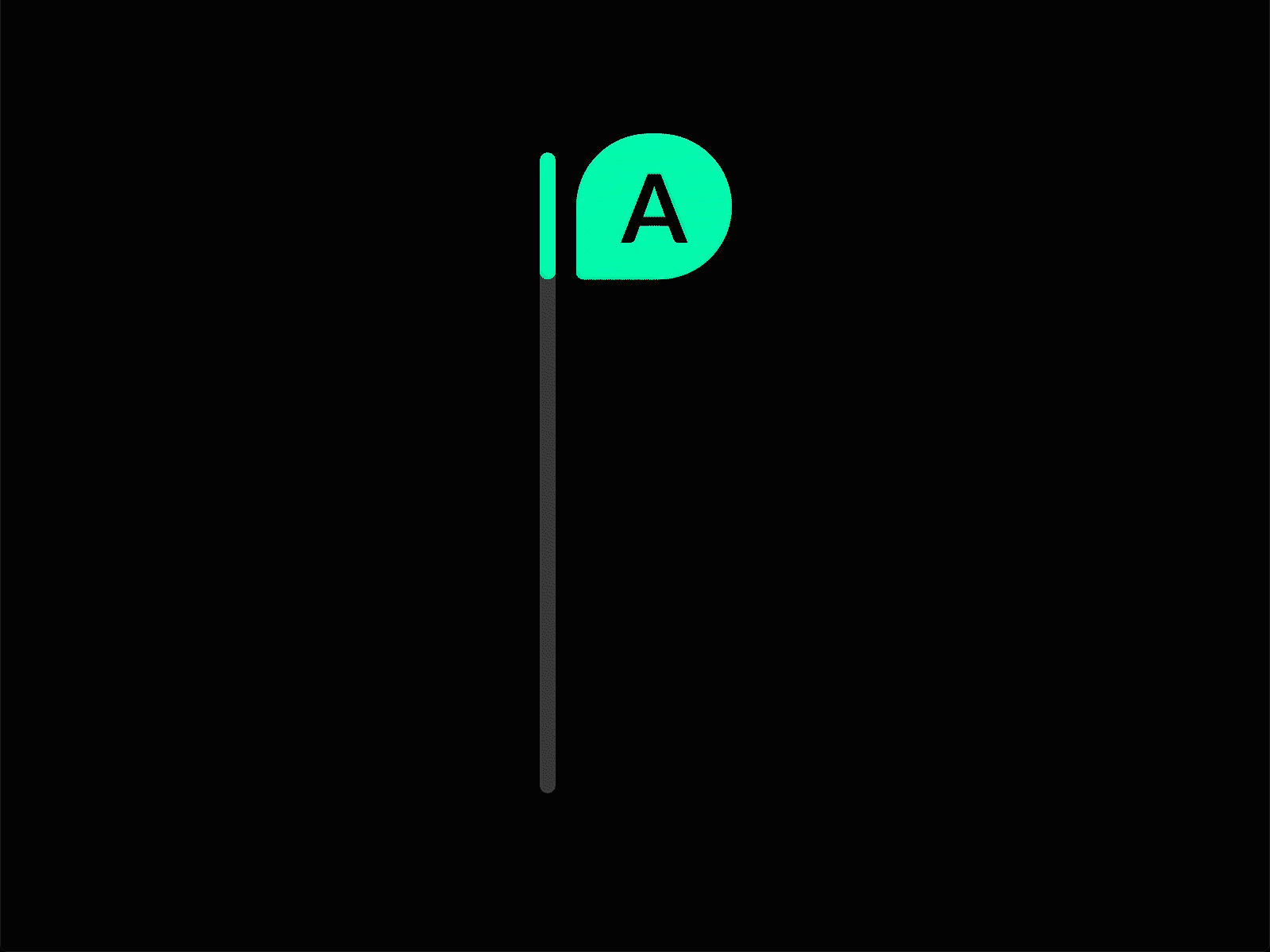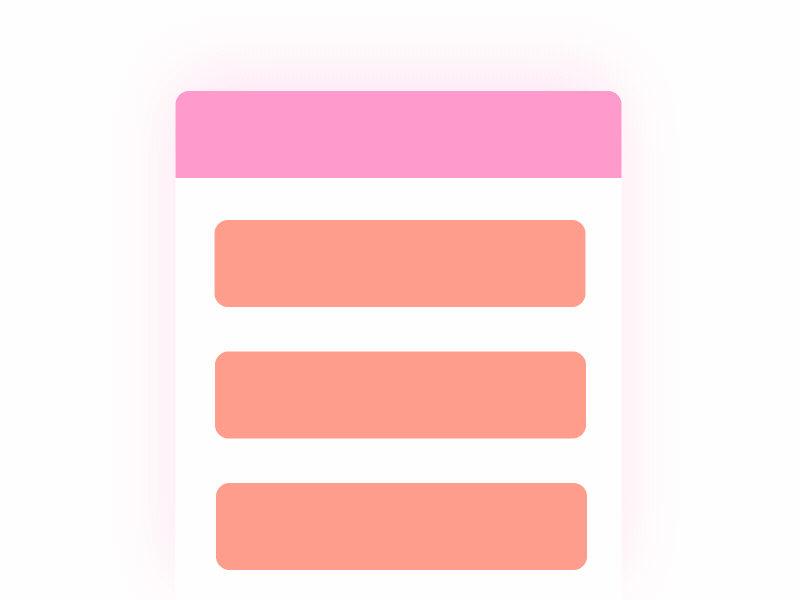Prologue
So what is Micro and Macro and what is the differences between them? Macro interaction explores how microinteractions of navigating an interface and using a series of system functionalities and widgets/controls impact the larger goals of a user. Meanwhile Micro is a small element in a product’s design, focused entirely on a single task. These simple interactions and effects are primarily designed to create an interesting and hopefully unique experience for the user. Here we’ll be finding out how these little details can make a big difference.
Not all UX Designers are created Equal
Macro UX Design describes a holistic approach to human-centered problem-solving. Macro UX Designers start to be involved in a project at the early stage of goal setting.
“[Macro UX] helps setting user-related goals for the right product’s purpose on a conceptual level” — Constantin von Saucken, Ioanna Michailidou, Udo Lindemann
Macro UX Design aims to question the motives driving the project, validate assumptions, ideate quickly, prototype and collect feedback as soon as possible in order to radically drive innovation. For this reason, it is very conceptional and closely linked to the area of business analysis, business concept and innovation consultation.
Micro UX Compared to the Macro UX Designer, the Micro UX Designer comes into play at a much later stage. Micro UX Design describes the detail-oriented process of creating and optimizing a functional and intuitive Human-Machine-Interaction (HMI) for visual and non-visual user interfaces.
“Micro UX focuses the product embodiment design without questioning its purpose” — Constantin von Saucken, Ioanna Michailidou, Udo Lindemann
Micro UX Designers unlike Macro UX designers, understand how common navigation patterns differ between Web, iOS and Android, in which cases modality should be used, which interaction pattern triggers which psychological behavior, which labels, hints and error objects make an online form pleasant to use, and many other details.

Macro and Micro Interactions
What are micro-interactions? Micro-interactions are events which have one main task a single purpose and they’re found all over your device and within apps. Micro Interactions contain a large number of digital elements, but not every element is part of a micro-interaction. Static elements that are always present on the screen are not micro-interactions because they do not have a distinct trigger. Additionally, flows composed of multiple actions are not micro-interactions. There are two types of micro-interactions User Triggered and System triggered.
An example of a Micro Interaction would be a scroll bar. Gives visual feedback to the user changing location within a page.

Another example would be the Pull to Refresh. Gives visual feedback to a user action.

Now we can look at Macro Interactions.

The larger context is valid when thinking about users and how they interact with a product.
- User Goals
- Culture/Societal Norms
- Technology Capabilities
For example, let’s take the ATM experience.
- User Goal: User want to get money as physical currency
- Culture/Societal Norms: Money is exchanged for goods and services. Banks + ATMs store user’s money.
- Technology: ATMs are networked and connect to banking records allowing a user of the bank to access their account via an ATM + PIN. Users can interact via UI buttons to choose an amount the ATM will dispense.
Macrointeractions can be a way for an interaction designer to consider context and align to larger system goals of their products. The big picture of human-centered design and interaction design is concerned with the way that users interact with a given piece of technology and how they perform an action with a user interface in order to carry out a meaningful task. Macro interaction explores how microinteractions of navigating an interface and using a series of system functionalities and widgets/controls impact the larger goals of a user.